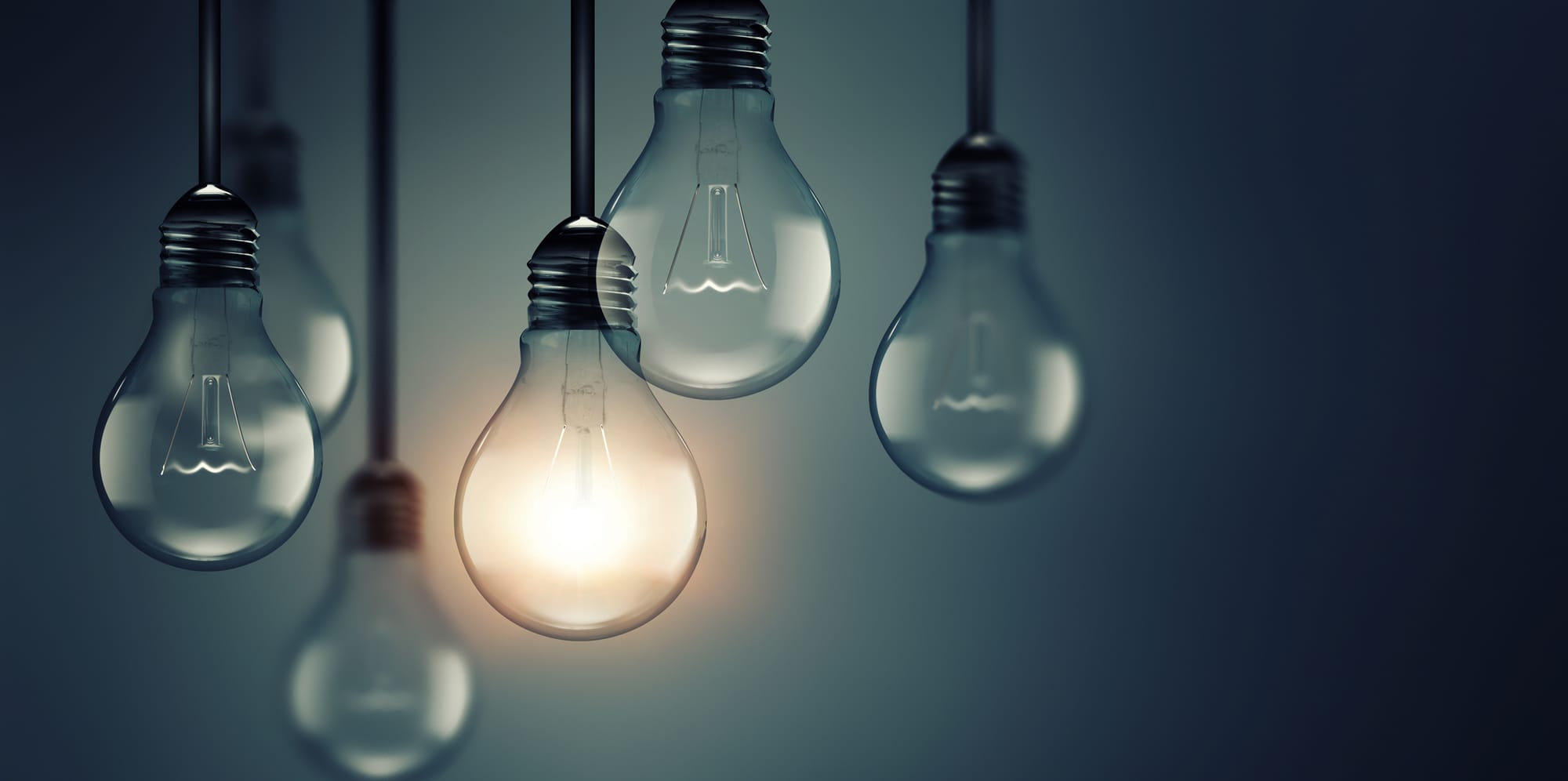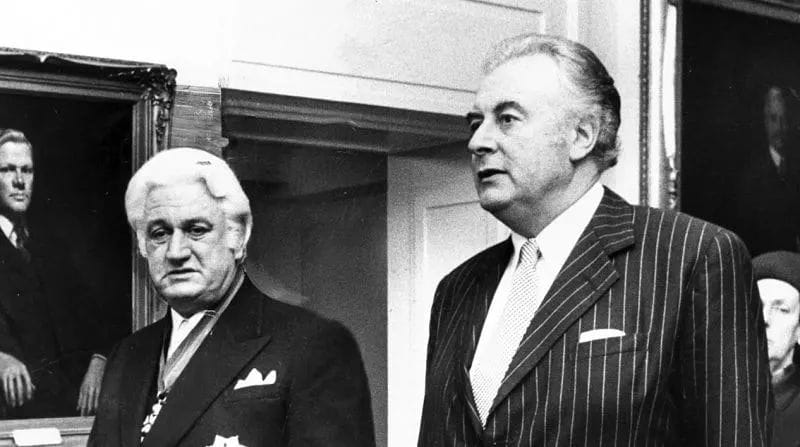
If you’ve heard of blockchain technology, but don’t really get it, you’re not alone. And breaking it down into blocks and chains won’t help.
Instead, picture a decentralised digital ledger for peer-to-peer transactions. Where all information is shared and totally transparent. With each transaction verified by all participants. So there’s no need for an intermediary. That’s blockchain in brief.
This revolutionary concept has fueled the crusade for a decentralised power grid full of smart devices, where everyone can contribute, or trade, power to profit from the electricity they generate. This puts pressure on the energy industry which has an obligation to offer an essential service to every Australian.
Peer to peer “allows you to trade your excess energy with your neighbour,” says the director of Monash Energy and Materials Systems Institute (MEMSI) Jacek Jasieniak. “At the moment electricity is bought through a retailer who purchases it from the wholesale market and also covers the transmission and distribution costs. Peer to peer trading – and blockchain – potentially disrupts this model.”
Read more: Position of power: Australia's path to a sustainable energy future
Power Ledger launched its peer-to-peer solar trading platform at the White Gum Valley housing development in Fremantle last year. The company had previously conducted a trial involving 10 households at the Busselton Lifestyle Village which reportedly demonstrated that $A600 a year per household could be saved on electricity bills using peer-to-peer trading.
Established electricity retailers are also expressing an interest in peer-to-peer energy trading. Power Ledger has announced a three-month technical trial with Origin Energy from October, exploring the potential of a blockchain enabled model across the regulated network. Power Ledger’s customers trade energy using POWR tokens, a type of cryptocurrency that also uses blockchain technology. The company raised $17 million in August, in an ‘initial coin offering’ in which 100 million POWR tokens were sold.
The Clean Energy Council and the Monash Energy Materials and Systems Institute recently held a forum probing the impact of blockchain technology on the energy market.
Out of this discussion, a thorny question arose: Can blockchain keep our lights on?
Dr Lawrence Jones, Vice President International Programs at Edison Electric Institute in the US and an Honorary Industry Fellow within Monash’s Department of Electrical and Computer Systems Engineering, responded with a shrug.
"Until you get the physical kilowatt hours in your house, it’s just a financial transaction between two people. Electricity needs wires, it needs infrastructure, to get the physical product from point A to point B. So do we not need someone to orchestrate this infrastructure to make sure it’s there?” he asked.
Dr Jones felt that the average person has no interest in blockchain. Instead, they just want certainty that power will flow when they flick a switch.
Elisabeth Brinton, Executive General Manager of New Energy for AGL Energy Limited, on the other hand, insisted that many people would like to share electricity. She gave a real-life example from AGL’s peer-to-peer pilot in South Australia, where some have the full battery solar kit and others have no kit at all.
"One of our participants has a young niece in the area who is just starting out and has a lower income. So when that aunt says, ‘I want to provide when I have extra from my system – I want to designate, essentially trade, to that family member,’ we can enable her to do that," Ms Brinton said.
The AGL pilot looked at peer-to-peer transactions without blockchain because security protocols were not yet robust enough at scale. Blockchain is not particularly good in privacy because you can keep track of transactions and everybody can see who’s doing what explained Associate Professor Carsten Rudolph. Most of the blockchains that are on the market don’t encrypt any data because they would be less efficient if they did.
Hurdles notwithstanding, the energy industry continues to evolve.
Bruce Thompson, General Manager Product Strategy at GreenSynch, revealed that by 2027, about 40 per cent of households in Australia will have some type of distributed energy resource that is in some way intelligent. This led Kane Thornton, CEO of the Clean Energy Council, to wrap up the panel discussion with one last question: In 20 years’ time, what portion of transactions on the energy market will be blockchain transactions?
Most hedged, but Dr Jones predicted 5 per cent.
Monash’s interest in blockchain is not only theoretical. It has begun constructing its own microgrid, which will contribute to the University’s plan to achieve net zero emissions by 2030. In its initial stage the grid will connect the eastern third of the campus, including sports centres and residences; the plan is for the grid to encompass all of the campus in 10 years and manage peak powers of more than 20 MW.
The “smart” grid will act as a laboratory, or demonstration model, for existing and emerging energy technologies. It will give engineering researchers and industry partners the opportunity to collaborate and tackle real-world energy issues, using a suite of interconnected large residential and office premises. They will deploy renewable and energy storage systems, as well as demand management systems, to optimise, visualise and forecast energy use, as well as test new energy technologies, such as hybrid battery systems, and business models, including peer-to-peer trading.
In principle, the smart grid could allow Monash to help stabilise the local distribution network by providing its excess stored energy at peak times. Jasieniak speculates that the electricity regulatory framework will adapt to a rapidly changing world, with new energy sharing models contributing to a stable electricity supply in the future.





